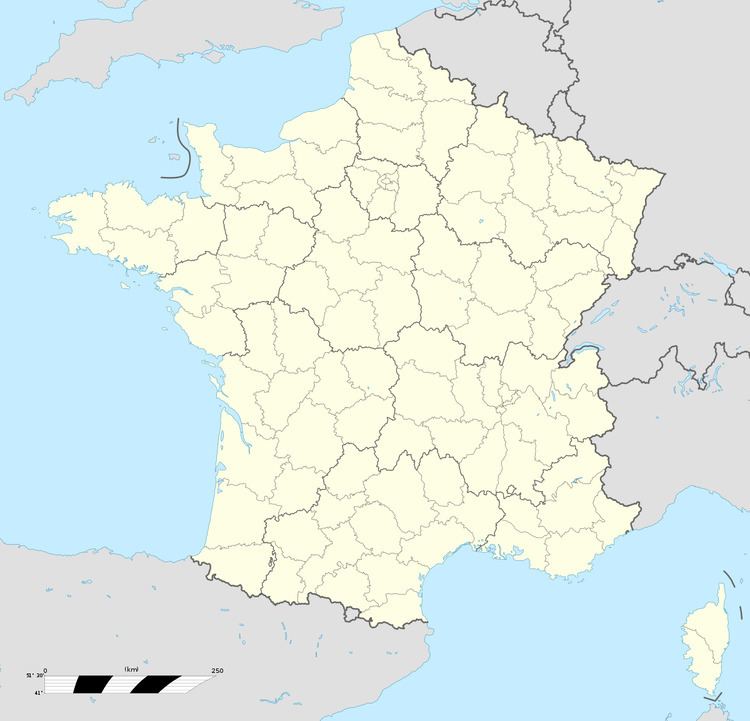Built 1878 - 1880 | Fate not used | |
 | ||
Type fort of type von Biehler | ||
The Feste Schwerin, renamed fort Decaen by the French in 1919, is a military installation near Metz. It is part of the first fortified belt of forts of Metz and had its baptism of fire in late 1944, when Battle of Metz occurred.
Contents
Historical context
The first fortified fort belt of Metz consists of forts de Saint-Privat (1870), of Queuleu (1867), des Bordes (1870), Saint-Julien (1867), Gambetta, Déroulède, Decaen, Plappeville (1867) and St. Quentin (1867), most of them unfinished in 1870, when the Franco-Prussian War burst out. During the Annexation, the German garrison at Metz will oscillate 15,000 and 20,000 men at the beginning of the period and will exceed 25,000 men just before the First World War, gradually becoming the first stronghold of German Reich.
Construction and facilities
The Feste Schwerin is designed in the spirit of the "detached forts" concept developed by Hans Alexis von Biehler in Germany. The goal was to form a discontinuous enclosure around Metz with strong artillery batteries spaced with a range of guns. The fort was built by German engineers between 1878 and 1880.
Successive assignments
From 1890 stationing of the garrison is guaranteed by the fort troops Corps XVI stationed at Metz and Thionville. Invested by the French army in 1919, the fort Schwerin is renamed fort Decaen. It was taken in 1940 by the Germans. The German army occupied the fort during 1940–1944. Fort Decaen is now not used.
Second World War
In early September 1944, the beginning of the Battle of Metz happens. The German command integrates the defensive system set up around Metz. On September 2, 1944, Metz was declared in effect, by the Reich, fortress Hitler. The fortress must be defended to the last by German troops, whose leaders were all sworn to the Führer. The next day, September 3, 1944, the troops of General Krause took position on a line from Pagny-sur-Moselle to Mondelange, passing west of Metz by Chambley, Mars-la-Tour, Jarny and Briey. After an initial withdrawal on 6 September 1944, German lines now rest firmly on the forts of Metz. On November 9, 1944, as a prelude to the assault on Metz, as many as 1,299 heavy bombers, B-17s and B-24s, dump 3,753 tons of bombs, and 1,000 to 2,000 "livres" on fortifications and strategic points in the combat zone of IIIrd army. Most bombers have dropped bombs without visibility at over 20,000 feet, so the military targets were often missed. At Metz the 689 loads of bombs destined to strike the seven forts, designated as priority targets, did nothing but cause collateral damage, proving once again the inadequacy of the massive bombing of military targets.
The fort Jeanne-d’Arc was the last of the forts of Metz to surrender. Determined German resistance, bad weather and floods, inopportunity, and a general tendency to underestimate the firepower of the fortifications of Metz, have helped slow the US offensive, giving the opportunity to the German Army to withdraw in good order to the Saar. The objective of the German staff, which was to stall US troops for the longest possible time at Metz before they could reach the Siegfried Line, is largely achieved.
